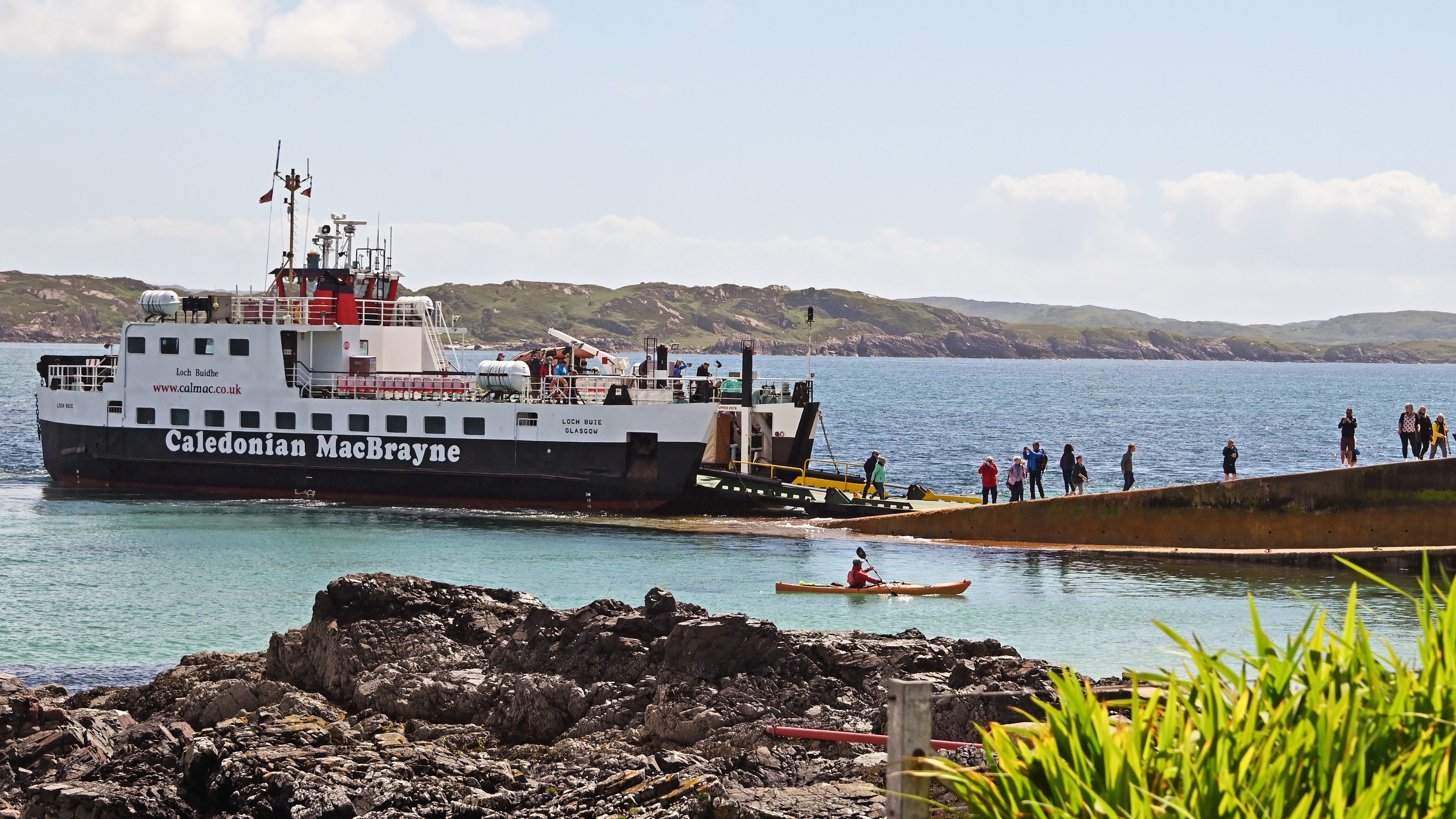Islanders living in the Outer Hebrides should move to a new township to escape the rising seas caused by global warming, experts have warned.
Consultants believe a new community on Barra would provide much-needed housing and sustainable shelter for the next century.
Just 1,200 people live on the island and there are not enough homes to take any more. Most residents live close to sea but the island is expected to lose an estimated 23m of shoreline by 2100.
Cait Murray-Green, chief executive of Strategic Scientific Consulting, which drew up the proposals, said: “It is is not a surprise that the community are looking at other options and what could they do. “
“The suggestion for a new township for Barra has come from the community who are looking at the double-pronged problem of ‘what do we do if our houses start to flood when we haven’t got enough housing to encourage people to build their lives here’.”
Advertisement
The Scottish government has suggested that Barra and five other islands should reach net zero in 2040, which is five years earlier than the national target. But forecasts of rising temperatures on Barra and neighbouring Vatersay — by 4.7C by 2100 — have focused minds on how the island can weather the coming storms.
Warmer waters are more tempestuous. Local activists and community developers are looking at a site for new township at Gleann Dorcha, which is close to an access track to the reservoir at Loch an Duin.

Euan Scott, project officer at Coimhearsnachd Bharraidh agus Bhatarsaidh, (Barra and Vatersay Community), told the Scotland on Sunday newspaper there were several “weak points” on the coast.
He said: “When you look at Vatersay, it is actually two different islands but made one by a tombola. If that area of sand disappears, or is relocated, you could end up with Vatersay split in half.
“The same is true of Traigh Mhor, where the airport is. If that is breached as a result of rising sea levels and extreme weather events, you have got Eoligarry at the north end of the island becoming a separate island.”
Advertisement
The Scottish government has owned most of Barra since the former clan chief of the MacNeils handed his land over to the state 20 years ago.
Scott suggested there had to be a rethink about where to put houses. Usually new homes are built close to existing utilities.
“If we are going to solve the climate challenge, particularly on a carbon neutral island, we need to start devising things from a different perspective, configuring them differently. That extends to behaviour as well. We have to change the way we do things.”
Scott sees climate change and depopulation as a “double-edged sword”. He said: “It is good for the kids to get away and experience some of the wider world, but, in order to maintain the population, we need them to come back.
“On that front, we have to be able to create decent employment opportunities, a decent wage and decent housing. The economic base of the island is too narrrow. We have an increasing dependency on tourism and that is also impacting on the housing stock.”
Advertisement
Barra can struggle to attract workers it needs, such as teachers, because it does not have housing.
Other islands have similar problems. One in five residents on much smaller Eigg are living in temporary accommodation, including yurts, The Herald on Sunday reported.
The Inner Hebridean island has been a poster-child for community ownership and seen its population rise to 110. But its main housing provider has said it is struggling to put up two new homes — with its sold narrow track road unable to carry the kind of crane needed for the kind cheap modular housing developed elsewhere.





